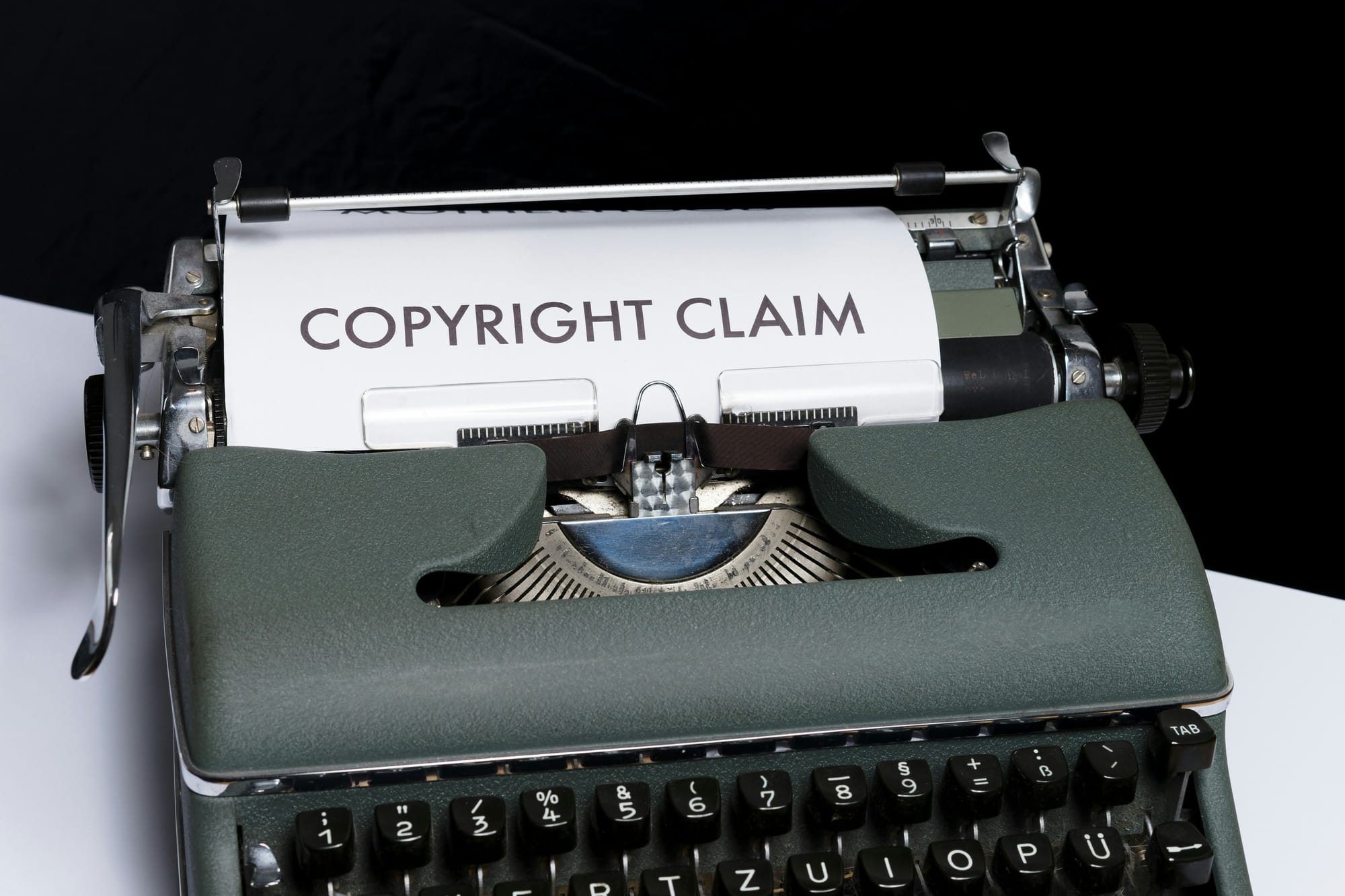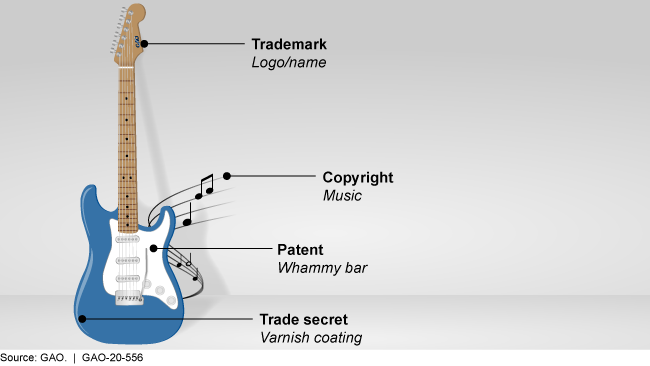Protecting Intellectual Property
Strategies for protecting your IP assets amidst the current competitive landscape.

Singles generated by AI and attributed to Drake or Kanye seem to trend on socials every week. AI is consuming everything– and intellectual property attorneys are penciling through how to manage AI infringement claims.
Regarding an ongoing IP lawsuit between Nirvana and Marc Jacobs, author Aaron Moss highlights the defense and enforcement of what could be considered a simple doodle.
Understanding emerging and steadfast challenges and adapting your strategies can help protect your intellectual property assets.
The Basics of IP
Intellectual property (IP) refers to the original creations of the mind with commercial value. IP rights grant exclusive ownership and control over these creations, allowing creators and inventors to benefit financially from their innovations.
These creations include inventions, designs, names, logos, and artistic works. Furthermore, IP protection takes on four forms, each offering distinct legal protections.

Trademarks
A trademark is a word, phrase, symbol, or design that identifies a product or service and distinguishes it from competitors. Most brands will trademark their logos and names.
Patents
A patent is a legal document that grants an inventor exclusive rights to prevent others from making, selling, or using their invention for a set time period. Matti Makkonen, who invented text messaging, is famous for not filing for a patent.
Copyrights
A copyright gives the creator of an original work the exclusive right to use it. For example, movies usually show a copyright notice before the opening sequences.
Trade Secrets
A trade secret is confidential information with economic value and is not generally known. Think of Coca-Cola's secret recipe, stored in a vault in Atlanta.
The Cost of Defending IP
Intellectual property (IP) and trademark infringement have become significant concerns for companies across all industries.
According to IP management group Copperpod:
- $100+ billion: The amount the US Government spends annually researching and approving patents.
- $3.15M: The average patent litigation costs in 2020.
- $4.67 billion: The amount the US courts awarded in patent damages in 2020.
- 1-3 Years: How long it typically takes cases to reach trial.
- 500%: The spike in Non-Practicing Entities (NPE) cases in the last decade.
Failing to protect your valuable intellectual property and trademarks can lead to losing a competitive edge in the market and getting tied up in expensive legal battles.
Proactive Defense and Enforcement
Defense
Defense involves taking control of intellectual property by safeguarding creations through registering trademarks, filing for patents, obtaining copyright protection, and implementing appropriate trade secret measures.
Enforcement
Consistently monitoring the market for potential infringements and enforcing your intellectual property rights can help you maintain your competitive advantage and prevent unauthorized use of your creations.
Response
Infringement occurs when a party uses registered IP without authorization, causing confusion among consumers and potentially diluting the value of the IP.
Respond promptly and decisively if another party infringes upon your intellectual property rights:
- Collect evidence of infringement.
- Send cease and desist letters.
- Engage in negotiation or mediation.
- Potentially pursue legal action through the courts.
Working closely with intellectual property attorneys can help streamline the enforcement process and increase the likelihood of a favorable outcome.
Specialization Required
Much like attorneys may specialize in IP law, the corresponding insurance is also highly specialized. And like Reps & Warranties insurance for an M&A, there are benefits outside the policy that may not be obvious without zooming out:
- Hold the financial means to defend and enforce against IP infringement.
- Alleviate the financial burden of legal expenses and potential damages, providing security and peace of mind.
- Demonstrate to investors, partners, and customers that they proactively protect their intellectual property assets.
- Increase company value by increasing IP soundness.
- Increase company reach by strengthening IP across markets.
- Squash frivolous claims from Non-Practicing Entities (NPEs) or "trolls."
- Settle real claims through a pre-established mechanism and process.
Not all IP policies are worded the same.
Some policies may offer broader coverage that includes defense costs for patent and copyright infringement, while others may have limitations based on the type of intellectual property involved.
IP policies typically cover legal expenses, such as attorney fees and court costs, associated with defending intellectual property rights or responding to infringement claims. Some policies may also cover damages awarded in successful infringement cases.
Understanding the scope of coverage and exclusions in your insurance policy is crucial to ensure you are adequately protected in a legal dispute.
Next Steps
While a General Liability policy may include very limited elements of an IP policy, it generally only refers to unintentional copyright infringement. This would not actively protect your IP, but instead cover defense costs for unintentional infringement.
True IP insurance is a separate policy from your other business policies. We partner with insurance carriers and legal experts who take the time to understand your specific needs, usually with an NDA in place.
Generally, an estimate can be provided for coverage; however, a fee may be charged upfront for further research and development of the necessary coverage, depending on preliminary conversations and the potential exposures.
If you've made it this far, thank you for reading. I hope you learned something, and as always, I'm here as a resource.
